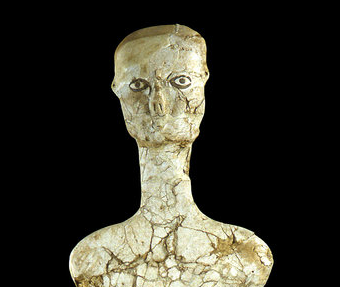
Last week was a lull, but this week I have a few things to share…
The agricultural revolution that began 11,000 years ago changed humanity as well as the planet. But how did the transformation happen? Some intriguing clues have emerged in recent months from ancient DNA extracted for the first time from the oldest skeletons of farmers. I wrote a feature for the New York Times about the new findings, and how archaeologists are folding them into their understanding of how farming began. (Image: P. Dorrell and S. Laidlaw/The Ain Ghazal Archaeological Project) Continue reading “Friday’s Elk, October 20, 2016”
